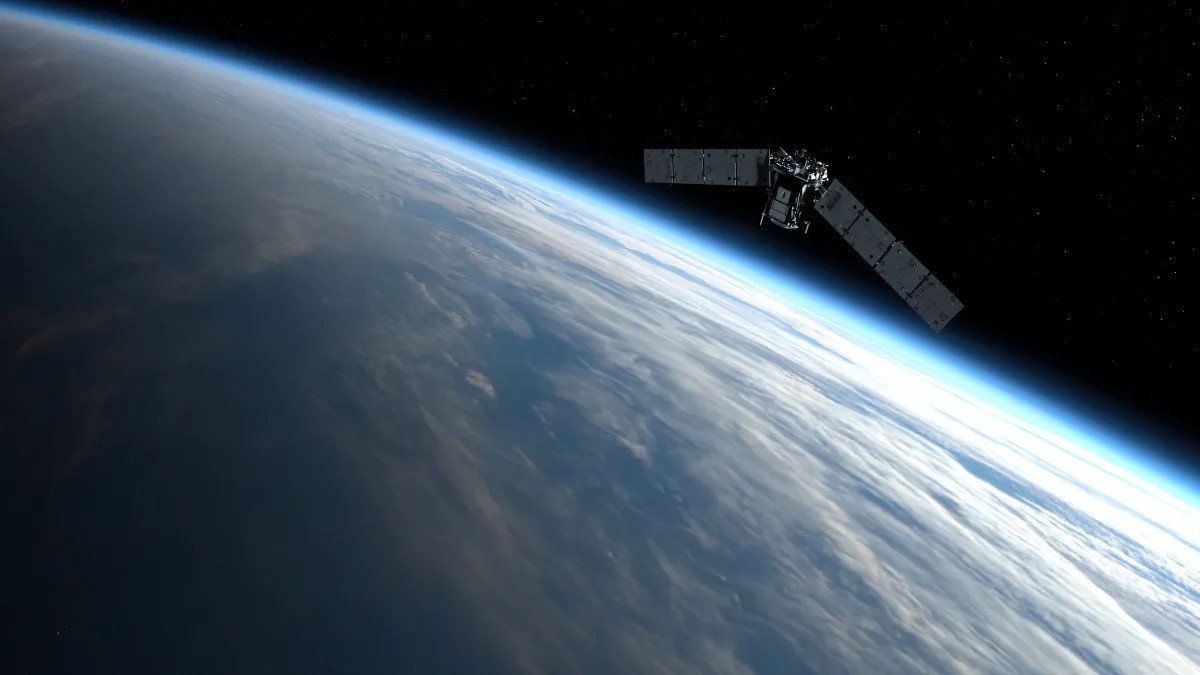Russian satellite narrowly avoids collision with US spacecraft, and NASA could do nothing to stop it
NASA's TIMED satellite narrowly avoided hitting a defunct Russian satellite in the early hours of the morning.

An active NASA spacecraft has survived a near-miss with a defunct Russian satellite in low Earth orbit.
NASA's Thermosphere Ionosphere Mesosphere Energetics and Dynamics (TIMED) mission spacecraft and Russia's Cosmos 2221 satellite were due to closely pass each other at around 1:30 am EST on Feb. 28, at an altitude of about 373 miles (600 kilometers), according to a statement released by NASA just an hour before the near-miss.
Had the two non-maneuverable satellites collided, it wouldn't have just doomed NASA's satellite — which monitors the effects of the sun on the Earth's atmosphere — but could have also potentially started a catastrophic collision cascade with other objects in orbit.
"A collision could result in significant debris generation," NASA and the Department of Defense representatives wrote in the statement.
The potential scenario of a cascade of satellite debris in low Earth orbit (the area of space within 1,200 miles or 2,000 km of Earth) is called Kessler syndrome, and was popularly depicted in the 2013 film "Gravity."
Related: 5,000-pound European satellite burns up over Pacific Ocean after 30 years in orbit
Although a cascade of this kind has yet to happen, scientists are increasingly concerned that the growing number of satellites and space junk is making it more likely. Currently, the Department of Defense tracks the 30,000 largest debris pieces, but there are many more that are too small to be followed, according to NASA.
Sign up for the Live Science daily newsletter now
Get the world’s most fascinating discoveries delivered straight to your inbox.
These smaller chunks are a threat both to satellites and the International Space Station, which in 2022 had to perform evasive maneuvers to dodge the junk generated by a Russian anti-satellite test.
Scientists are currently working on ways to fix Earth's space junk problem. For example, a team of Australian scientists proposed removing smaller junk from space by blasting it with a laser, while the European Space Agency (ESA) plans to launch a four-armed robot to grab individual items of space junk.
The ESA is hoping to use the mission, scheduled for 2025, as a test for a much wider-reaching operation performed by a fleet of robot cleaners.
ESA's director general Jan Wörner has also called for new rules to make companies and agencies that launch satellites responsible for tidying up their litter.

Ben Turner is a U.K. based staff writer at Live Science. He covers physics and astronomy, among other topics like tech and climate change. He graduated from University College London with a degree in particle physics before training as a journalist. When he's not writing, Ben enjoys reading literature, playing the guitar and embarrassing himself with chess.









